Day before our trip to Itbayat Island, transports bound to the island-municipality of Batanes were all canceled due to a gale warning issued by PAG-ASA. On that night, strong winds smashing the trees and houses can be heard as well as the sound of crashing waves on the shorelines of Basco. Staff of the transport lines advised us to just wait for their update in case a trip will be available the next morning.
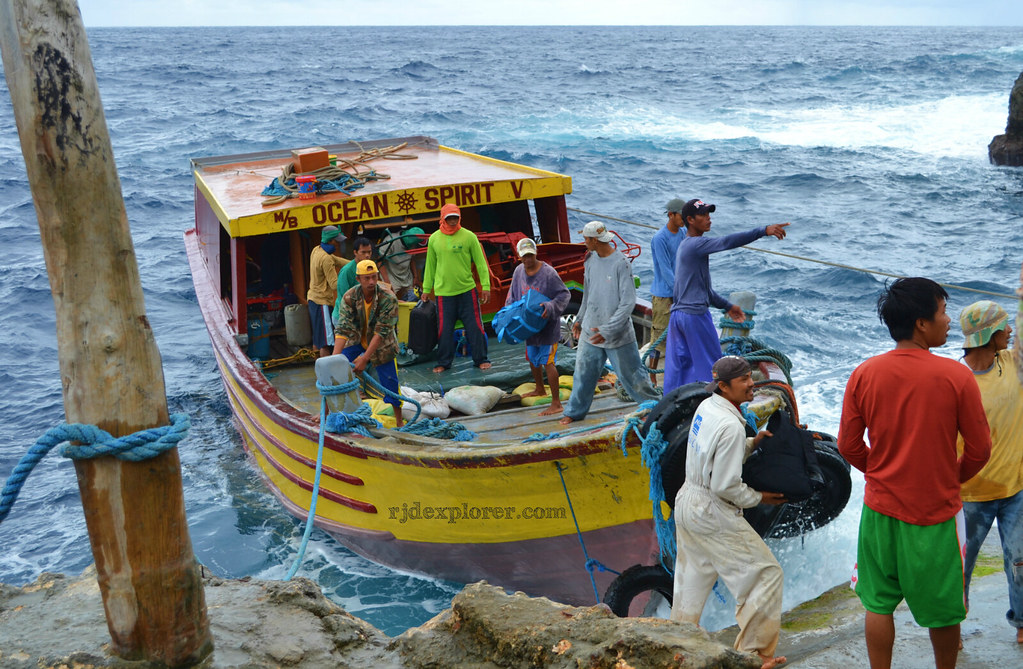
I woke up 6AM and was browsing some emails and photos on my phone when Glen told me that M/B Ocean Spirit has a scheduled trip to Itbayat and was already in the port loading cargos. I immediately got some clothes, my camera, and some toiletries and shoved it all into my backpack. I also went to Nanay Cita to ask some plastic bags just in case I won’t take the dizziness of the boat ride to Itbayat.
We rushed from our homestay to the port, listed our names on the manifesto and secured our payment. Cargos were loaded on the boat and passengers were already queuing to ride the transport.
EN ROUTE: The Crazy Waves to Itbayat Island
So off we went. The skies were already clear and I was expecting a smooth ride. I was wrong when after we traveled for an hour, larger waves were felt. Everyone inside the vessel was rolling on the floor (since we all laid down) left to right as waves tried to push the boat back and forth. A woman started to puke. I managed not to be distracted with the situation since I may also throw up. We continued to experience the unfriendly waves.
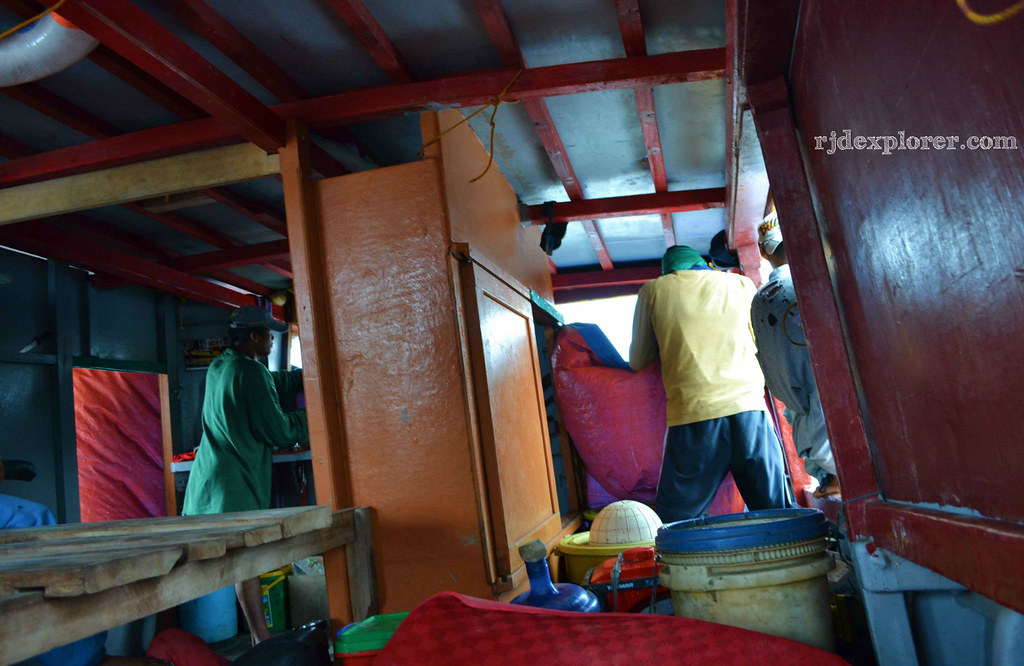
A crew of M/B Ocean Spirit tried to calm everyone by opening a window with a picturesque view of Itbayat Island which was only a mile away that time. He was required to close the window when sea water started to splash inside the vessel. I thought we were already nearing to dock but only to find out that the port is located on the other side of the island with the vessel going around. Another challenge was the disembarking from the boat. Itbayat has no shoreline and is surrounded by cliffs. For us to get out of the boat; we need to synchronize with the waves ramming the vessel to the port. In the Chinapoliran Port, we needed to jump as high as we could and again coordinate with the waves for us to board the boat. Going back to Basco was a smooth ride.
ITBAYAT, BATANES: The Northernmost Municipality of the Philippines
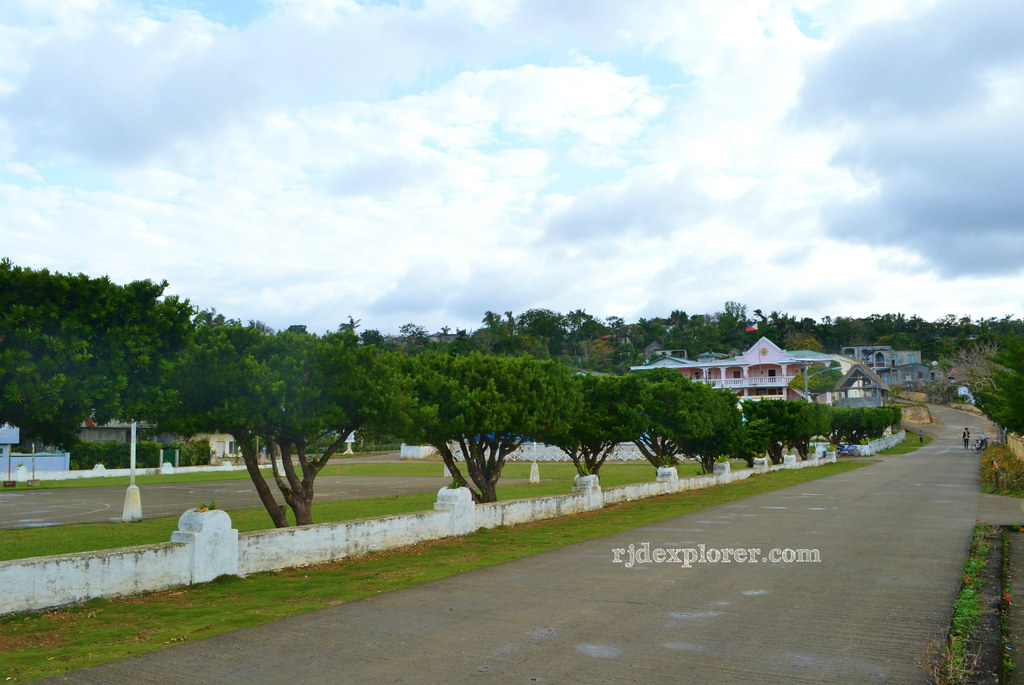
Itbayat is one of the six municipalities of the province of Batanes. It is an island-municipality and located northwest of Batan Island. The island itself is one of the world’s largest uplifted coral reefs. If you are on the island, you are closer to Taiwan than in the mainland Luzon. It is also the first municipality in Batanes to receive a Certificate of Ancestral Domain (CADT). Itbayat includes six other islands around it: Di’nem, Siayan, Ditarem, A’li, Misanga and Mavudis. Best time to visit the island is during the months of April to June and coldest months are from November to March.
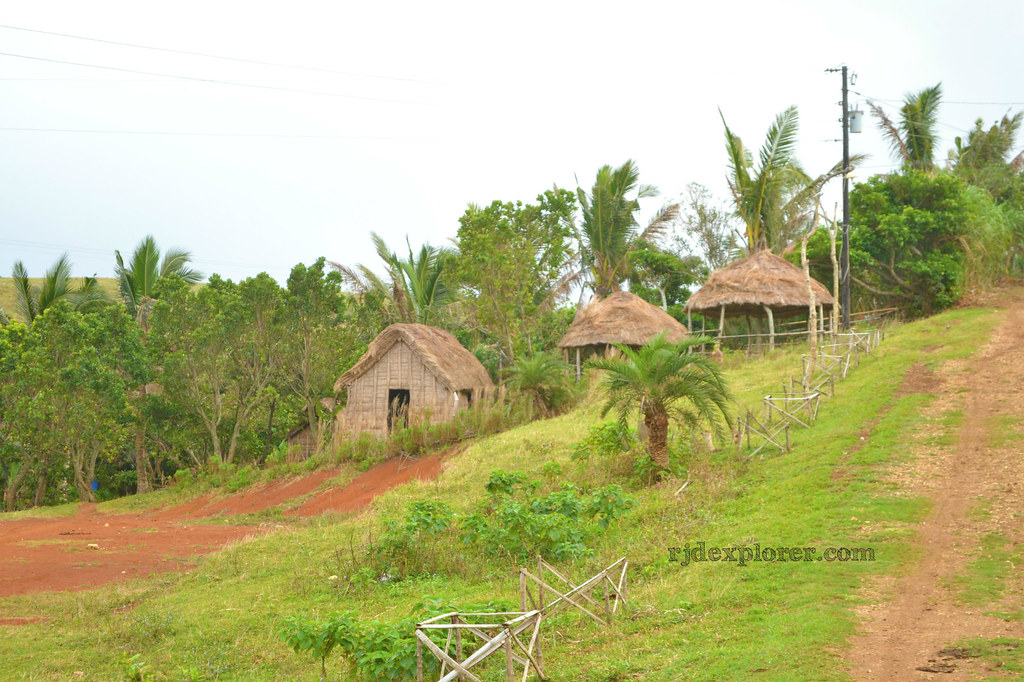
The Ivatans in Itbayat, Island
The municipality of Itbayat is divided into 5 barangays: San Jose, San Rafael, Santa Lucia, Santa Maria and Santa Rosa. It has a land area of 92.89 square kilometers and population is at 2,914 as of 2013. The total population was gathered into 2 communities: San Jose (Raele) separated from the other four barangays.

Yawran Village is an extension of San Rafael and the place now serves as the settlement of the people who were once clustered on the different areas on the southern part of the island. This is where you can find houses with roofs and walls made of cogon material. In Raele, every home has its own backyard that serves as one of the sources of vegetables such as raddish, cabbage, cauliflower, carrots, onion and garlic. Raele has also its own Integrated School where education is only available until Grade 7 with the students going to Itbayat proper to continue their secondary schooling.
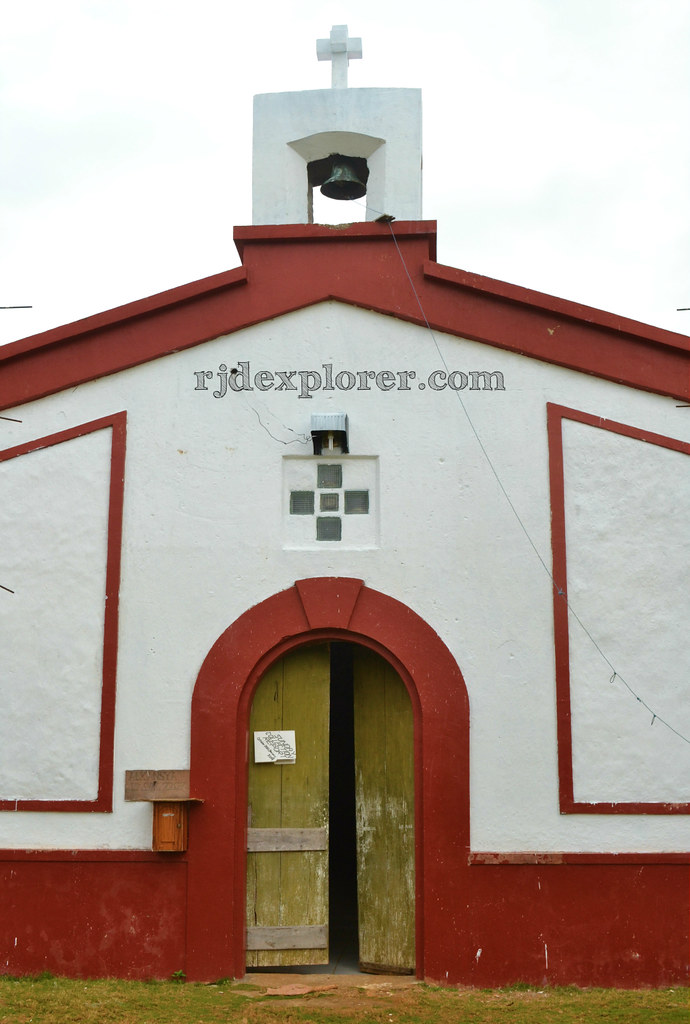
The island has no market but sari-sari stores are available in each community. Water is not potable and the locals are boiling their water for consumption. As per Nanay Tina of Cano’s Lodge, people in Itbayat consider themselves as poor since there are no jobs on hand. After high school, students proceed to Basco to continue their studies or stay on the island and be contented with what is available.

Despite this, they are still thankful for even Itbayat is on the so-called “path of storms,” no casualties are being recorded every time a storm hits the municipality because everyone is well-disciplined and their houses are made for these storms. This is where Nanay got me. I don’t consider the people poor but rather see them rich: they own and maximize their backyards to be the source of their daily food, life is very simple and in times of challenges, they are not tested as individuals but as a community in general.
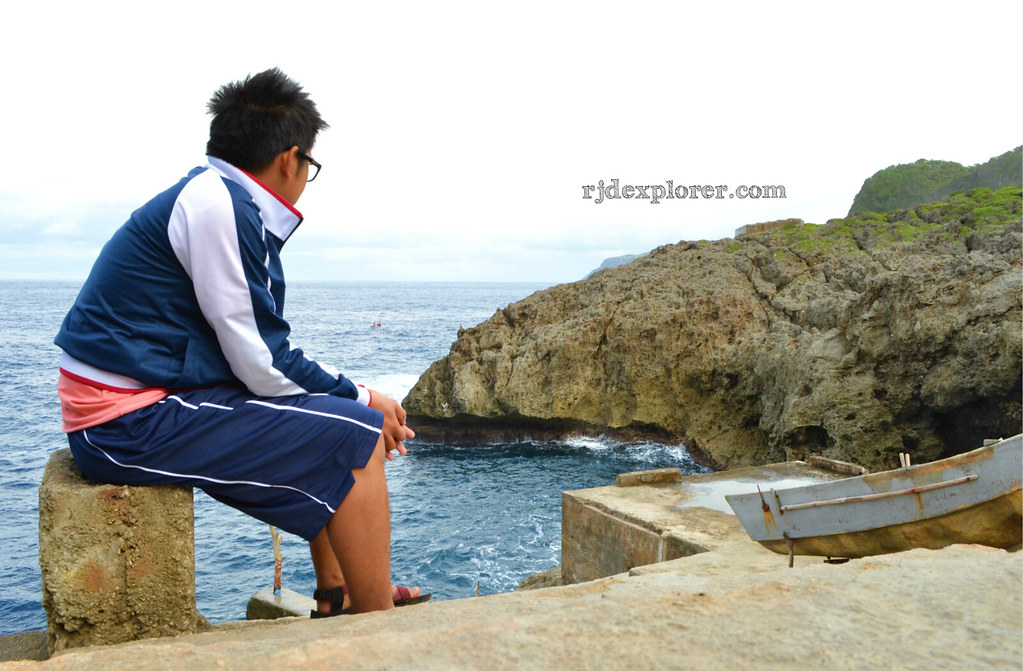
Here’s the second part of my post on The Journey to the Northernmost Inhabited Island of the Philippines.







